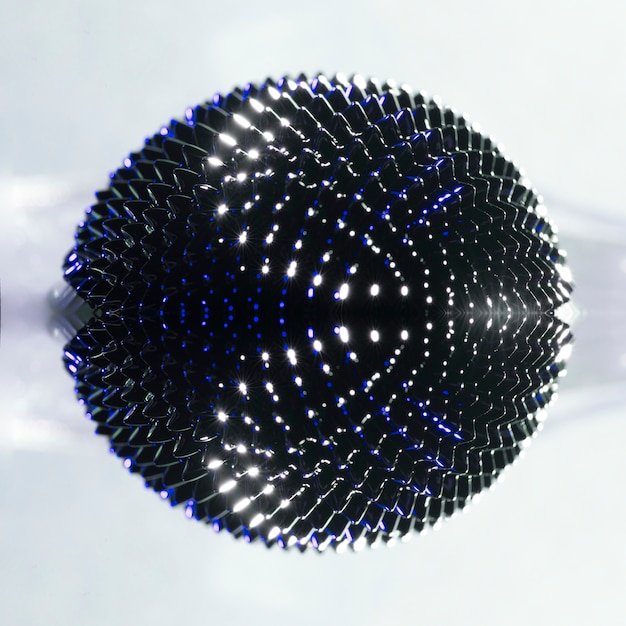
Standing Pressure Waves Inside the Magnetosphere
The Lunar Tidal Cycle
Please read Lift forces prior to reading this section.
The tidal cycle that is displayed in the Nautical Almanac’s has a cycle rate of roughly 30 days from 1 point to the same point in the next cycle. This means that 1 wavelength of the tidal sinusoidal wave is 2 days longer than the orbital period of the sidereal of the Moon from the perspective of the oceans that rotate with the planet around the common centre of “gravity”.
The Synodic Lunar Month is the cycle relevant to the position of the Sun, its period is 29 days 12 hours. It is clear the Tidal periods mechanism is tied to this period and not the sidereal cycle.
Why is this important?
If we say that the mass of 2 objects rotating around a common centre of “Gravity” and that the orbital period of this cycle is 27 Days and 7 hours then we must also assume the period of the Mass interacting with the ocean on the larger rotating celestial object must follow the same period. Therefore if mass is attracting mass to create the tides as is commonly understood then the period should be the sidereal cycle.
In reality the Moons interaction with the magnetosphere of our Planet follows the Synodic cycle because the magnetosphere only rotates once per year. The change in the Magnetosphere then creates the tidal effects. If we were to use the sidereal cycle the period of the tide would quickly become out of Phase, if mass attracting mass was true we would see the 27.3 day period somewhere in the measured tidal height.
Gravitational Tidal Forces
The Key to Understanding the effects of both the standing and rotating sinusoidal wave that is lifting the ocean of our planet every half rotation is in the period of the wave. It is full understood that the timing of the tide under the magnetotail leading up to and away from the full Moon is largely unaffected by the procession of the Moon around our planet. This means that the Moon’s influence over the sinusoidal wave that is effecting the density of the ocean is largely limited to it’s amplitude. The procession of the rotating wave generated by the Moon’s orbital period though the magnetotail of the planet interacts with the standing wave that is fixed to the direction of travel.
The Magnus Effect Over The Magnetosphere
The rotation of Earth’s magnetosphere and the interaction of the solar wind over the entire magnetotail induces pressure on the Dawn and Dusk region of our planet, shown in the image opposite by the standard method using tightly compacted lines of Equal pressure. The Lift on the illustration is not representing the lift force on the ocean, it is describing the curl that generates the helical motion our planet makes around the Galaxy. This pressure is actually pushing the ocean down to the peak potential energy (gravitational tidal energy). While on the day and night side of our planet the ocean is being sucked up by lower pressure and pushed up by the energy in the higher potential at the dawn and dusk location. This is an identical process to the lift forces found when atmospheric wind travels over the ocean surface.
Signal Wave and Carrier Waves
The period of the Moon’s single peak sinusoidal wave inside the twin peak standing wave of the magnetosphere over the full lunar cycle is shown opposite. During the 2 neap tides whilst the phase of the Moon is perpendicular to the direction of travel the amplitude of the oceans is slightly different. The mechanism for this variation is the rotation that is producing the Magnus Effect above. In the direction of motion the illustration shows the pressure lines compressed slightly further on the dusk side compared to the dawn side. This creates the small variation seen between the 2 neap tides.
For Newtonian gravity to mathematically predict this small variation between the 2 neap tides, the mass of either object must change or the distance between the Moon and Earth must vary ever 14 days. Unfortunately I have seen no evidence of this to be the case and therefore the laws of motion must be updated, as has been said by the likes of Eric Laithewaite.
Oceanic Loops & Nodes
The variation in tidal height during the exact same tidal wave as it processes over the Timor sea is show opposite, the link on this image will take you to a fabulous educational video by Sir Lawrence Bragg and The Ri on electromagnetic Loops and Nodes.
The Sinusoidal pattern opposite is fixed to the surface of the planet. This means that the source of the wave must be rotating at an identical speed as the planet. Obviously it is impossible for this source of this tidal variation to be the Moon, Sun or Magnetotail. The source must be inside the planet.
Ferro-Magnetic Fluid
Magnetohydrodynamics (MHD) is the term given to Plasma mediums, since (salt) waters movement is controlled by MHD due to waters polar structure it can be considered a ferromagnetic fluid. Since the magnetic wave of our planet are identical to all single turn electromagnets and similar to Permanent magnets, it can be useful to visualise how the Loops and Nodes form around smaller magnets.
The attached video on this image is from The Action Lab. The density of the ferrofluid increases considerable in the vicinity of the strong magnet. This is the power of “Gravity” acting on the fluid. Since it is should be no surprise to most people that molten Lava with a high metal content such as the Super-ionic Plasma inside the core of our Planet must act in a similar manner and increase its own density as it rotates around the toroid to produces the Magnetosphere.






